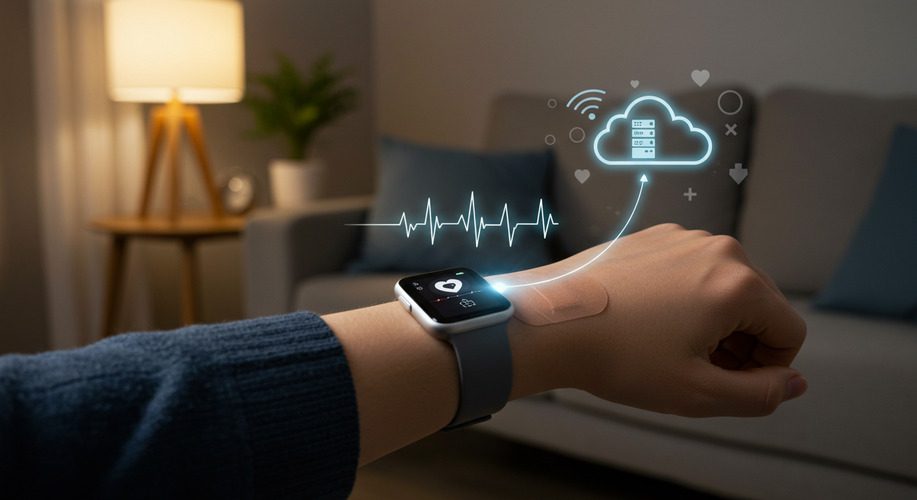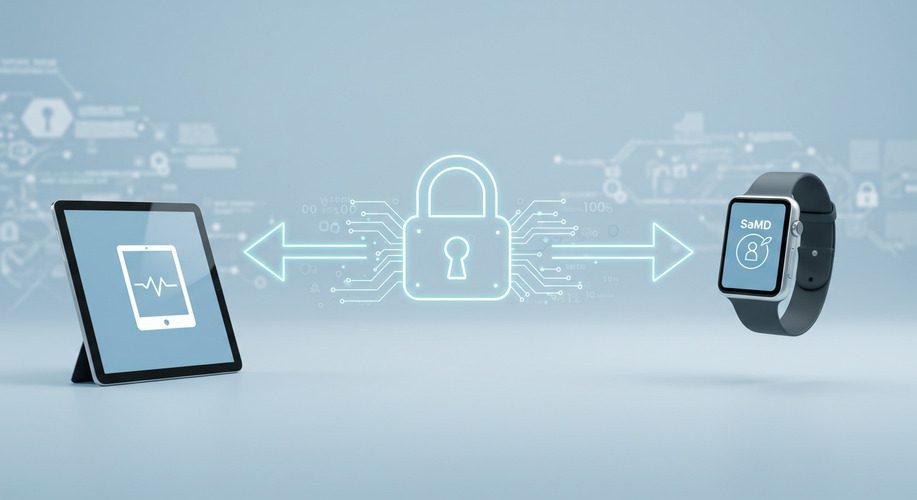
Article
Implementing Real-Time Data Analytics in SaMD Solutions

Navigating the regulatory landscape for Software as a Medical Device (SaMD) is one of the most critical aspects of successful development and market entry. The U.S. Food and Drug Administration (FDA) provides a robust framework for ensuring SaMD products meet safety and efficacy standards. In this guide, you’ll learn how to interpret and comply with FDA guidelines for SaMD, giving you the tools to streamline your regulatory journey.
The FDA regulates SaMD under its broader medical device guidelines, focusing on risk management, quality assurance, and clinical performance. The goal is to ensure that SaMD solutions are safe and effective for their intended use.
The FDA follows a risk-based framework to classify SaMD based on its potential impact on patient safety. High-risk SaMD requires more rigorous review than low-risk applications.
The first step is to assess your software’s risk level based on its intended use and the severity of potential harm.
Risk Categories:
A compliant QMS is essential for SaMD development. FDA guidelines emphasize adherence to ISO 13485 and IEC 62304 for software lifecycle management.
Key Components:
Documentation to ensure traceability across the development lifecycle.
Depending on your SaMD’s classification, you may need to submit one of the following:
FDA guidelines require a robust clinical evaluation to demonstrate your software’s performance.
Steps Include:
The FDA’s regulation of adaptive AI/ML algorithms is still evolving, making compliance more challenging for AI-driven SaMD.
Comprehensive documentation is mandatory but can overwhelm smaller teams.
SaMD must comply with FDA’s cybersecurity guidance, which includes:
1. Engage Early with the FDA Pre-submission meetings with the FDA can clarify regulatory expectations and reduce delays.
2. Invest in Regulatory Expertise Consider hiring or consulting with regulatory professionals who specialize in SaMD.
3. Automate Compliance Documentation Use software tools to streamline documentation, reducing the burden on your team.
4. Leverage Standards Align your development with globally recognized standards like ISO 14971 (risk management) and IEC 62304 (software lifecycle).
Navigating FDA SaMD guidelines is a crucial step in delivering safe and effective software solutions to the market. By understanding the FDA’s risk-based framework, implementing a robust QMS, and staying proactive in regulatory engagement, you can reduce time-to-market and enhance your SaMD’s chances of success.
For more insights, check out these related articles:
Start building a compliant SaMD today and lead the future of MedTech innovation.
Related Posts

Article
Implementing Real-Time Data Analytics in SaMD Solutions

Article
Navigating FDA’s Proposed AI/ML Framework for SaMD

Article
Improving Patient Engagement with SaMD Solutions

Article
Ensuring Cybersecurity in SaMD-Telemedicine Integration